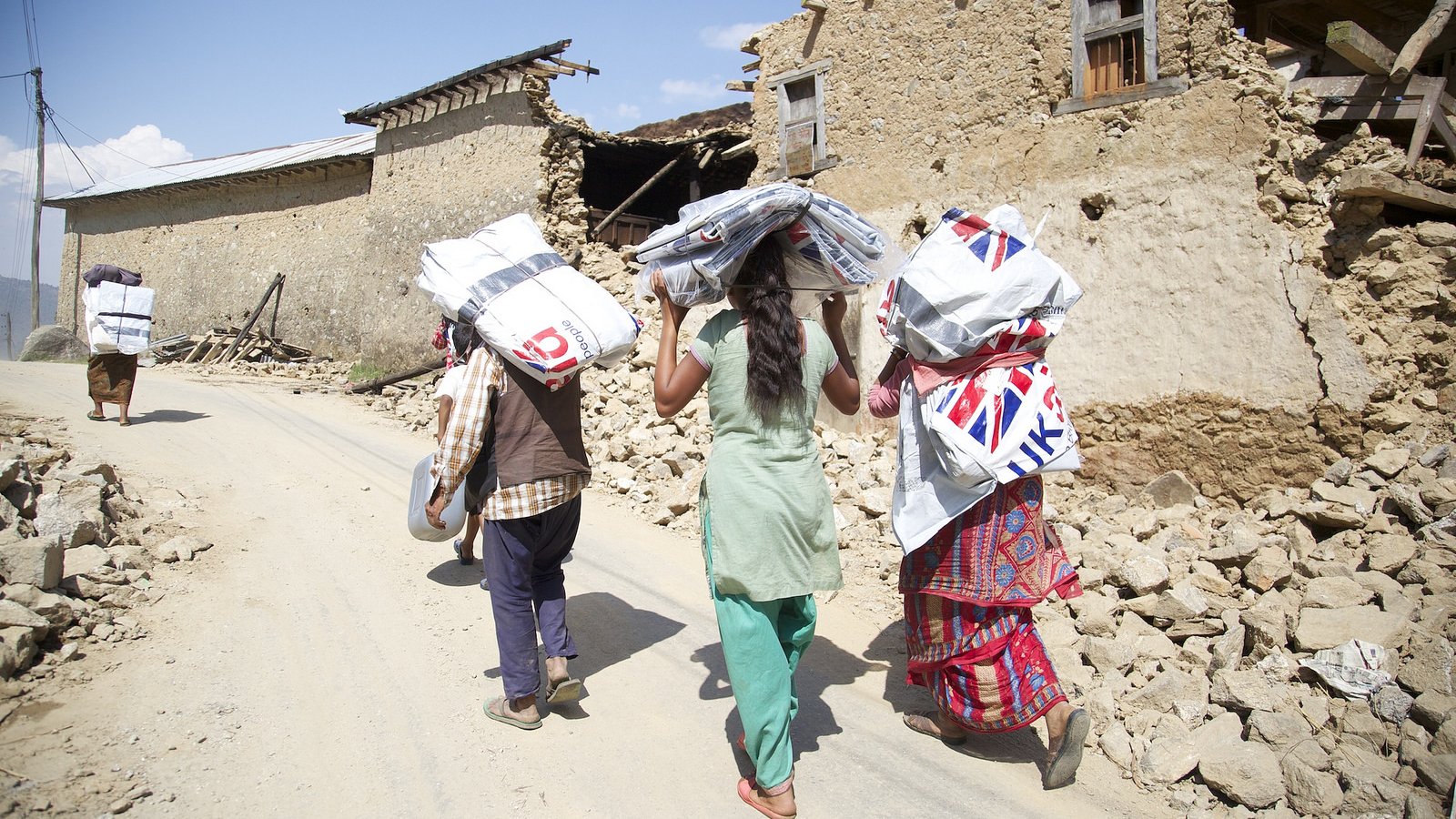Impact of Socioeconomic Status on Survival Outcomes in Diffuse Large B-Cell Lymphoma Patients: A Prospective Finnish Study
Introduction
A recent prospective multicenter study conducted in Finland has identified a significant association between low income and poorer survival outcomes among non-retired patients diagnosed with diffuse large B-cell lymphoma (DLBCL). These findings were presented at the ICML 2025 Congress and highlight critical non-biological factors affecting patient prognosis, emphasizing the importance of addressing socioeconomic disparities in healthcare as aligned with the Sustainable Development Goals (SDGs), particularly SDG 3 (Good Health and Well-being) and SDG 10 (Reduced Inequalities).
Study Design and Population
- Recruitment of 160 DLBCL patients from multiple centers between 2016 and 2020.
- Collection of socioeconomic data via patient questionnaires, including income, education, and marital status.
- Clinical data obtained from patient medical records.
- Follow-up period exceeding two years post-diagnosis.
Socioeconomic Characteristics
- 37.5% of patients classified as low income (monthly income < 1500 €).
- 31.9% lacked a final educational degree.
- 11.3% were single.
Survival Outcomes
The overall 5-year survival statistics were as follows:
- Overall Survival (OS): 69.5%
- Progression-Free Survival (PFS): 70.5%
- Disease-Specific Survival (DSS): 75.3%
Key Findings on Socioeconomic Impact
- Low monthly income was significantly associated with reduced 5-year OS (P = .031), PFS (P = .005), and DSS (P = .006).
- Among patients aged 70 years or younger and non-retired individuals, low income correlated with significantly worse PFS (P = .032 and .028, respectively) and DSS (P = .032 and .002, respectively).
- No significant survival differences were observed in patients aged 71 or older or those retired when stratified by income.
- Education level also influenced outcomes, with patients holding professional degrees demonstrating better 5-year OS, PFS, and DSS.
- Retired patients with higher education had better baseline performance status (ECOG) compared to those with lower socioeconomic status (P = .041).
Additional Prognostic Factors
- OS was significantly associated with:
- Education level (P = .034)
- Monthly income (P = .031)
- International Prognostic Index (IPI) score (P = .050)
- Disease stage (P = .035)
- Age (P = .001)
- No significant associations were found between survival outcomes and lactate dehydrogenase levels, extranodal involvement, ECOG performance status, gender, marital status, hometown population, or occupational group.
Conclusions and Implications for Sustainable Development Goals
The study concludes that low income is a critical determinant of poorer survival outcomes in non-retired DLBCL patients, independent of traditional clinical prognostic factors. This underscores the influence of social determinants of health and the necessity for targeted interventions to reduce health inequities, aligning with the following SDGs:
- SDG 3 (Good Health and Well-being): Enhancing equitable access to healthcare and improving cancer prognosis across socioeconomic groups.
- SDG 10 (Reduced Inequalities): Addressing income-related disparities that adversely affect health outcomes.
- SDG 4 (Quality Education): Recognizing the role of education in improving patient survival and health literacy.
These findings advocate for integrated healthcare policies and social support systems that mitigate socioeconomic barriers, thereby promoting equitable cancer care and survival.
Disclosures
This research was supported by Incyte International Sarl. For a comprehensive list of disclosures, please refer to the original study.
Reference
Kurttila H, Tokola S, Marin K, et al. Low socioeconomic status is associated with an inferior prognosis in diffuse large B-cell lymphoma patients despite the age. ICML 2025. June 13-27, 2025. Lugano, Switzerland. Abstract 299. https://onlinelibrary.wiley.com/doi/10.1002/hon.70094_299

1. Sustainable Development Goals (SDGs) Addressed or Connected to the Issues Highlighted in the Article
- SDG 3: Good Health and Well-being
- The article focuses on survival outcomes and prognosis of patients with diffuse large B-cell lymphoma (DLBCL), directly relating to health and well-being.
- It highlights disparities in health outcomes based on socioeconomic status, which is critical to achieving equitable health.
- SDG 1: No Poverty
- Low income is identified as a factor associated with worse survival outcomes, linking poverty reduction to improved health outcomes.
- SDG 4: Quality Education
- Education level is associated with survival outcomes, indicating the role of education in health prognosis and access to care.
- SDG 10: Reduced Inequalities
- The article discusses socioeconomic disparities affecting health outcomes, highlighting the need to reduce inequalities within and among countries.
2. Specific Targets Under Those SDGs Identified Based on the Article’s Content
- SDG 3: Good Health and Well-being
- Target 3.4: By 2030, reduce by one third premature mortality from non-communicable diseases through prevention and treatment.
- Target 3.8: Achieve universal health coverage, including financial risk protection and access to quality essential health-care services.
- SDG 1: No Poverty
- Target 1.2: By 2030, reduce at least by half the proportion of men, women and children living in poverty in all its dimensions according to national definitions.
- SDG 4: Quality Education
- Target 4.3: By 2030, ensure equal access for all women and men to affordable and quality technical, vocational and tertiary education.
- SDG 10: Reduced Inequalities
- Target 10.2: By 2030, empower and promote the social, economic and political inclusion of all, irrespective of income or other status.
3. Indicators Mentioned or Implied in the Article to Measure Progress Towards the Identified Targets
- Health Outcome Indicators
- 5-year Overall Survival (OS) rate of patients with DLBCL.
- 5-year Progression-Free Survival (PFS) rate.
- 5-year Disease-Specific Survival (DSS) rate.
- Association of survival outcomes with socioeconomic factors such as income and education.
- Socioeconomic Indicators
- Monthly income level (e.g., less than 1500 € as low income).
- Educational attainment (e.g., having a professional degree or not achieving a final educational degree).
- Employment status (retired vs. non-retired).
- Clinical Prognostic Indicators
- International Prognostic Index (IPI) score.
- Eastern Cooperative Oncology Group (ECOG) performance status.
4. Table: SDGs, Targets and Indicators
| SDGs | Targets | Indicators |
|---|---|---|
| SDG 3: Good Health and Well-being |
|
|
| SDG 1: No Poverty |
|
|
| SDG 4: Quality Education |
|
|
| SDG 10: Reduced Inequalities |
|
|
Source: hematologyadvisor.com






